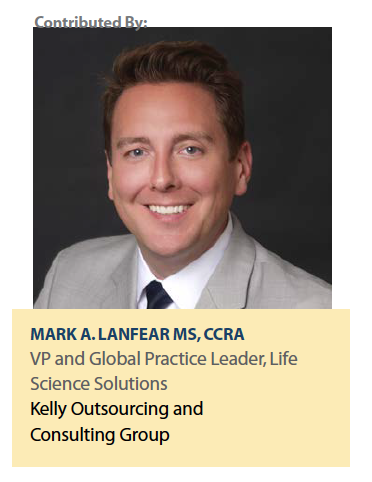What workforce trends can the life-sciences industry expect to see through the end of 2016? Developments that were set in motion in the past two years will continue to  disrupt the market, broadening the life-sciences workforce spectrum, and change how top talent wants to be engaged.
disrupt the market, broadening the life-sciences workforce spectrum, and change how top talent wants to be engaged.
Workforce Engagement Challenges
Mergers & Acquisitions. The trend of mergers, acquisitions, and divestitures in the life-science market sector is alive and well with more than 40 consolidating transactions in the first several months of 2016. M&As are the new-normal and can be disruptive to a firm’s base of talent, causing employees to become unsettled or uncertain about the security of their jobs. While it’s always in the respective organizations’ best interest to keep their workforce informed, this isn’t always an immediate option.
At the same time, some prospective transactions do not always move forward.
Clustering. Another ongoing challenge to talent acquisition remains the clustering of life-sciences organizations in the Mid-Atlantic/Northeast corridor, the Central Midwest, and the Pacific coast. Employers continuously compete for top talent in these geographic hotbeds. At the same time, companies strive to attract high-potential candidates from other concentrated areas — for example, academia from educational institutions or overseas talent in the ASEAN regions.
Virtual Workforce. A growing trend is the development of a virtual life-sciences workforce. This can be seen especially in professions that involve data gathering, analytics, and interpretation where there are likely to be more opportunities for talent to telecommute versus operating in an office-based environment.
gathering, analytics, and interpretation where there are likely to be more opportunities for talent to telecommute versus operating in an office-based environment.
The Gig Economy. A growing number of highly skilled life-sciences workers are choosing to be free agents, working short-term assignments or “gigs." This sharing or on-demand economy allows them to be highly selective and choose their projects while at the same time keeping their skills sharp and current. It also provides them with more autonomy as a life-long career choice mainly because of the freedom, flexibility, and entrepreneurial empowerment it offers. Especially among millennials, there is a strong desire to know their work is socially responsible and has a positive impact; a powerful consideration for biopharmaceutical employers if they want to attract and retain top talent.
Outsourcing for Global Expertise. An increasing number of organizations will outsource parts of their clinical research process to CROs and functional service providers (FSPs). These models provide broad-spectrum infrastructures made up of experienced, specialized personnel such as data management professionals, clinical research associates, regulatory affairs professionals, and medical writers. Outsourcing select elements of their development processes to these professionals leaves organizations free to focus on their core competencies.
Accelerated Integration of Technology. A trend that’s going to continue to shape the future of drug development is the accelerated integration of technology into everything from electronic data capture, IVRS systems, CTMS tools, and risk-based monitoring to patient-doctor communications. An emerging trend is patient-wearable diagnostic devices, which are designed with increasing functionality and computing power. This has brought tech giants such as Apple, Google, and Microsoft into the life-sciences sector. In terms of talent management, this development will result in an increased demand for IT professionals with a life-sciences background. Data collection and storage, as well as data analytics will become more and more important. In addition, organizations will see a heightened demand for talent who can design and build secure infrastructures.
Optimizing the Talent Supply Chain
The cost of bringing a new drug to market is about $2 billion. Knowing this, it should be clear that having a robust talent supply chain that can be adjusted as needed to expand or contract an organization’s workforce, attract different types of talent, or change operational priorities as needed, are keys to success. Team continuity needs to be addressed to eliminate waste and reduce risk. This requires ongoing optimization of the talent supply chain and continuous application of talent analytics to make choices that support operational and drug milestone goals.
With evolving changes in the type of talent needed, more fierce competition for new and existing workforce personnel, and the need to keep drug and device development costs as low as possible, employers are compelled to partner with a trusted workforce advisor that has a strong track record in the life-sciences industry. Ensure your workforce partner has the knowledge and resources you need to meet your goals. (PV)
Kelly Outsourcing and Consulting Group is a global leader in innovative talent management solutions in the areas of recruitment process outsourcing (RPO), business process outsourcing (BPO), human resources consulting, career transition and organizational effectiveness consulting, executive search and contingent workforce outsourcing (CWO), which includes Independent contractor solutions.
For more information, visit kellyocg.com.











